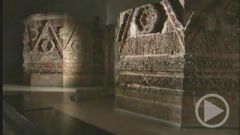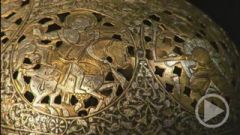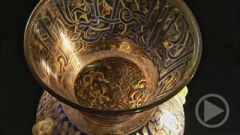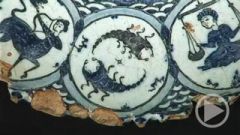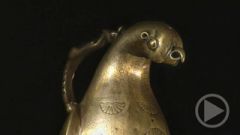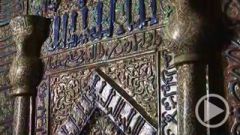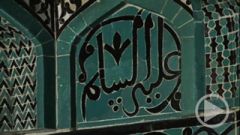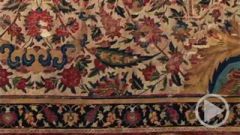- Home
- »
- Germany
- »
- Berlin
- »
- Museum Island
- »
- Pergamon Museum
- »
- The Museum of Islamic Art
- »
- The Pergamon Museum - Quran Calligraphy
Quran Calligraphy
Quran Calligraphy
Books have always been held in high esteem in the Islamic world. This is primarily due to the fact that god's word comes down to us through the holy Quran. So Islam is a religion of the book. Calligraphers were not mere copyists, but rather scholars who knew the Quran by heart and hoped, above all, for god's blessing on their painstaking copy work. So while books in Europe in the sixteenth century were primarily printed, the tradition of handwritten manuscripts lived on in the Islamic world.
In addition to calligraphers, illuminators were also responsible for expressing the particular sanctity of words – but never by exaggeration. The words themselves always took precedence. This handwritten Quran is an especially impressive example of this art. Unfortunately, it's not dated. However there is evidence to indicate that it comes from the court of Shah Tahmasp who ruled in the 16th century, a period when Iran flourished.
The writing and decoration are done in precious materials. The dominant blue colour is achieved with ground lapis lazuli, ornamented with liquid gold in three different shades. But the superb mastery of the artist is evidenced above all by the balance he achieves. At first, the eye is overwhelmed by an impression of splendour; then more and more details become apparent. But despite the enormous abundance of detail, the decoration never looks busy.


